As a software developer who’s transitioned to many roles as a self-employed freelancer, it’s important to keep a set of great software tools. Most importantly tools which help me optimize rather than distract me. Therefore, here’s a list of productivity apps and services I use to keep my workflow going. In contrast, these are not development tools necessarily but rather software which helps with other office work which I do. To begin with, you’ll need an easy way to install, run, and track your application as well as your computer’s disk space.
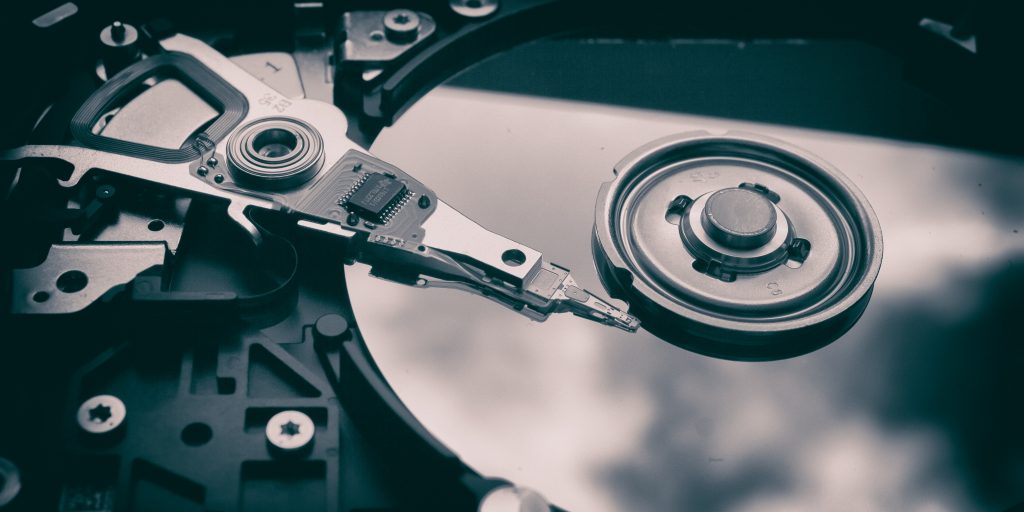
Managing Productivity Apps and Disk
For many developers, we live in the command line. Therefore, using a package manager is a great way to install apps without the need to load a distracting web page. For instance, on Linux there’s apt or yum; Windows has Chocolatey and on the Mac is Homebrew which is what I use. Altogether, this allows you also to track what you have installed especially using Homebrew Bundle. Outside of the Mac App Store, Homebrew is a great way to install and manage your productivity apps.
Secondly, one of the first apps I install on my Mac is Alfred. In essence, Alfred not only is superior to the Spotlight search but also offers a plethoria of different services you can integrate with. Thereupon, you can simply map a hot key to that service and it’ll allow you to search for apps, contacts, do math problems, or give you directions.
While installing all of your productivity apps, you may need to watch your disk space. That’s where Daisydisk comes in. In short, DaisyDisk gives you great visualization of how your disk space is used as well as how to cleanup your disk. In contrast to tracking your disk space, let’s talk about a real productivity challenge - tracking your time.
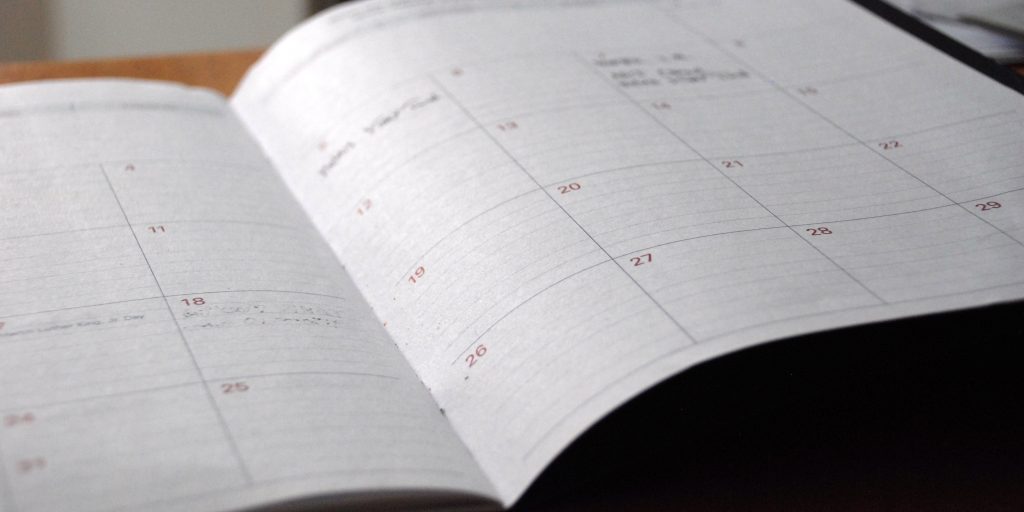
Time Tracking and Scheduling Apps
With many of my clients and partners, I need to schedule meetings and track my time. Specifically, there’s one app I use for arranging meetings - that is Doodle. That is to say, Doodle is a platform which allows for easy polling and basic surveys including scheduling. For instance, I can easily share a poll which asks participants the best time to meet from a set of times available. Once votes are placed, I can send them an invite easily.
As far as tracking my time, I currently use Toggl. Generally speaking, Toggl doesn’t come with a lot of bells and whistles, however its open API and simplicity make it ideal for reporting and tracking.

Reminders and Todo List Productivity Apps
For tracking my tasks, currently I use a combination of weekly Spreadsheets and Todoist. In particular, Todoist offers the ability to share tasks easily with others whether it’s a podcast episode I am working on or a shopping list with my wife. Additionally, I can easily group tasks as well set priorities and due dates.
Conversely I also use spreadsheets to track my weekly items. (I use Numbers - of course you can use Excel or Google Sheets) As an example I simply add the name of the task (Write a Development Tools) and assign a priority and desire between 0-100 (99) as well as approximate minutes (3 hours?). Lastly, I sort by priority and desire and then based on my availability, work on the top items for that week. Then, each week I copy the sheet into a new one, delete the completed items, copy the old priorities over, set new priorities for the week, and repeat.

Notes and Writing Productivity Apps
For developers, MarkDown has become the most convenient way to organize as well as create documents. If you are not familiar with Markdown, I highly recommend taking 30 minutes and becoming familiar with it:
Whether it’s communications, documentation, blogging, or note taking, Markdown is a great way to keep your text organized and formatted. Therefore many note taking apps use Markdown, including the one I use - Bear. To point out, Bear works only on iOS and Mac and a web front-end is in the works. However, Bear’s strong point is its simplicity, versatility as well as UI.
Conversely, if you prefer to use something besides Bear or any Markdown specific app, there’s always Google Docs. Most importantly, since Google Docs is so widely accepted, sharing documents has become easy and painless. For instance, I’ll explicitly use Google Docs for show notes and any long form writing which needs to be shared.
For other long-form writing, I am a big fan of Ulysses. Just as with Bear, Ulysses is specifically for macOS and iOS, however its purpose is explicitly long-form distraction-free writing. Most importantly, it has a great UI and has helped keep my writing organized and flow easily. Additionally, it can export to several formats such as Word Doc, HTML, PDF, Wordpress, Medium, and more. Besides my writing, I also record podcasts and do video as well.
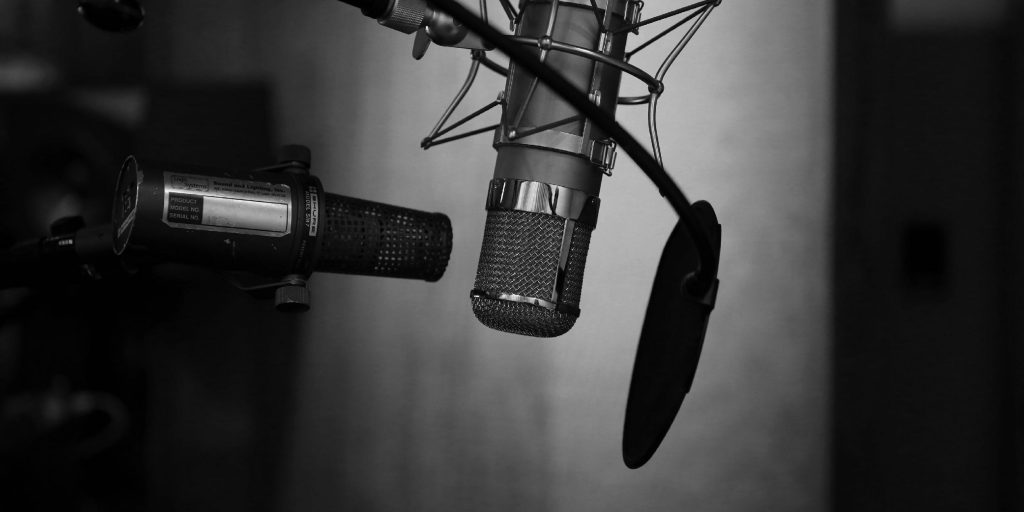
Creative Apps
For doing any multimedia, including podcasting, I recommend two suites: Adobe or Apple. First, Adobe’s Creative Cloud is great if that is a focus of what you do. For instance, I’ve used Photoshop, Illustrator, Premier, and Audition and each have helped with artwork, video production, and podcast production. However if its steep price is too much for you, I’d recommend looking at what Apple provides for free with iMovie and GarageBand. Most importantly, both offer plenty for beginners as well as intermediates before you move to Apple’s Logic or Final Cut Pro.
Similarly, for recording video I use OBS as well as FiLMiC Pro. OBS is great for live streaming demos or tutorials as well as on-screen recording. Conversely, OBS has a learning curve but there’s a lot you can do as a beginner. On the other hand for recording my presentations or video of myself, I use FiLMiC Pro on my iPhone. For one thing as advanced as iPhones are, you can do videos at 4K resolution and 60 Frames Per Second. In addition, I also use FiLMiC Remote on a second iPhone to preview and control the recording as it is being done.
Afterwards once I’ve edited the video or audio recording, I’ll need to share it with my audience.
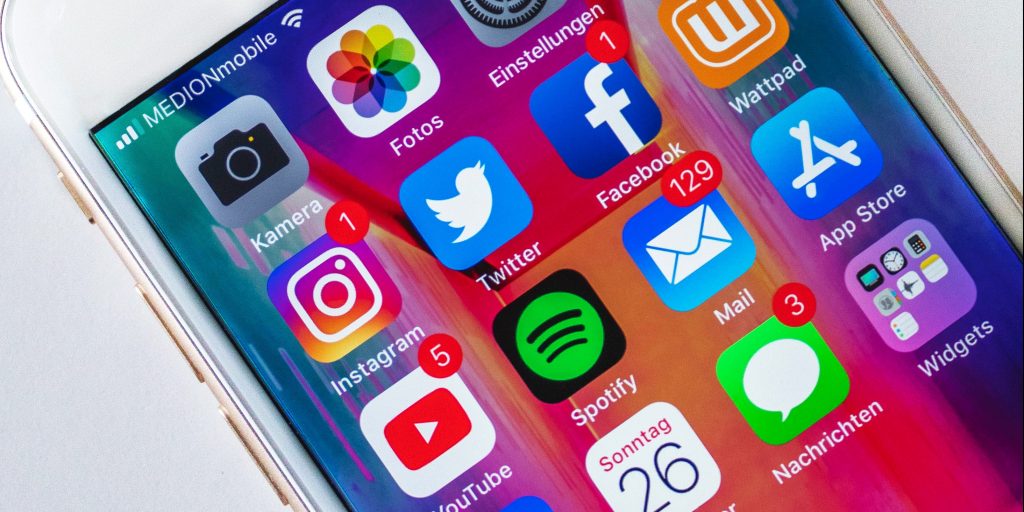
Marketing Apps
Social media can be quite overwhelming, which is why I have a set of productivity apps to keep me active as opposed to distracted. For instance, Buffer is a great way to make sure your social media queue is active without constantly being reminded by what’s out there. Furthermore, Buffer can connect with several social media accounts as well as allow you to schedule posts with existing media. Besides social media, email is still actively used by many folks. Therefore, Mailchimp is a great service for starting your own email list. For instance, whenever I need to update folks on products, services, content; Mailchimp allows for me to automate and schedule email out to my various audiences.
Along with email, there are other ways to contact my business partners and clients.
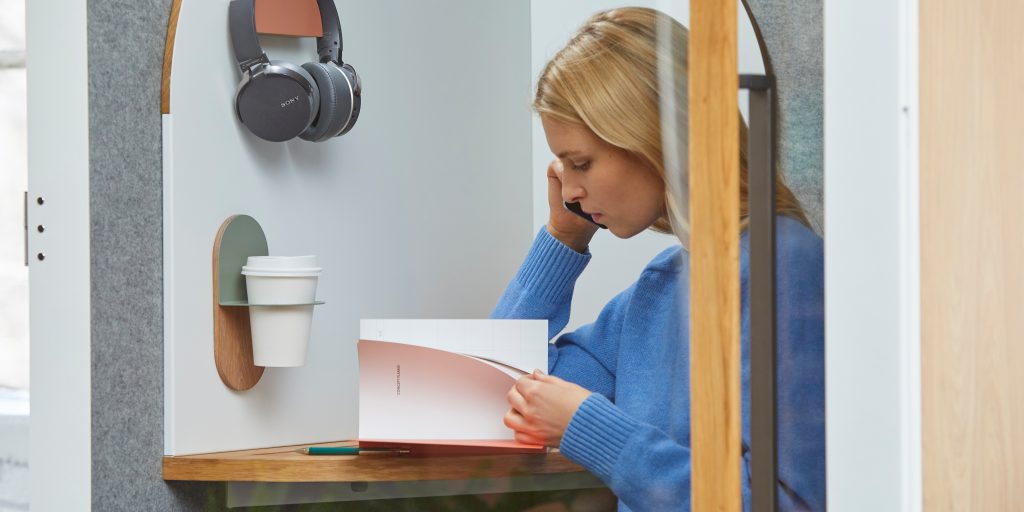
Communication Apps
Besides email I use Slack pretty frequently. Slack is a great way to communicate with a team, find a community, or share documents. Notably, there is practically a Slack community for all sorts of developer languages, frameworks, and tools. In addition, Slack also uses Markdown for text formatting, has great shortcuts to channels and folks, and a decent bot and developer ecosystem for customization.
When a Slack message or email won’t do, I typically setup video meetings with Zoom. Most importantly, what Zoom brings to video conferencing is simplicity and the ability to just work. Besides its app (which is offered on multiple platforms), Zoom requires nothing else. After finding the right time for the meeting, I’ll schedule a time and send a link to the meeting using Zoom. Zoom also allows for recording of video calls for later reference.
Avoid Over Optimizing Productivity Apps
Finding the best productivity apps can be great but avoid being sucked in by it’s endless list of features. Have it do the job you want and be done with it. One of the biggest time sucks is over optimization of apps as well. Don’t spend too much time finding the right app or learning every shortcut and feature it offers.
I hope this list of productivity apps is helpful to you or wherever you work. If you are interested in learning more check out my podcast with Erik Gillespie OK Productive. Especially episodes #7 Top Apps and
#16 Productivity Apps